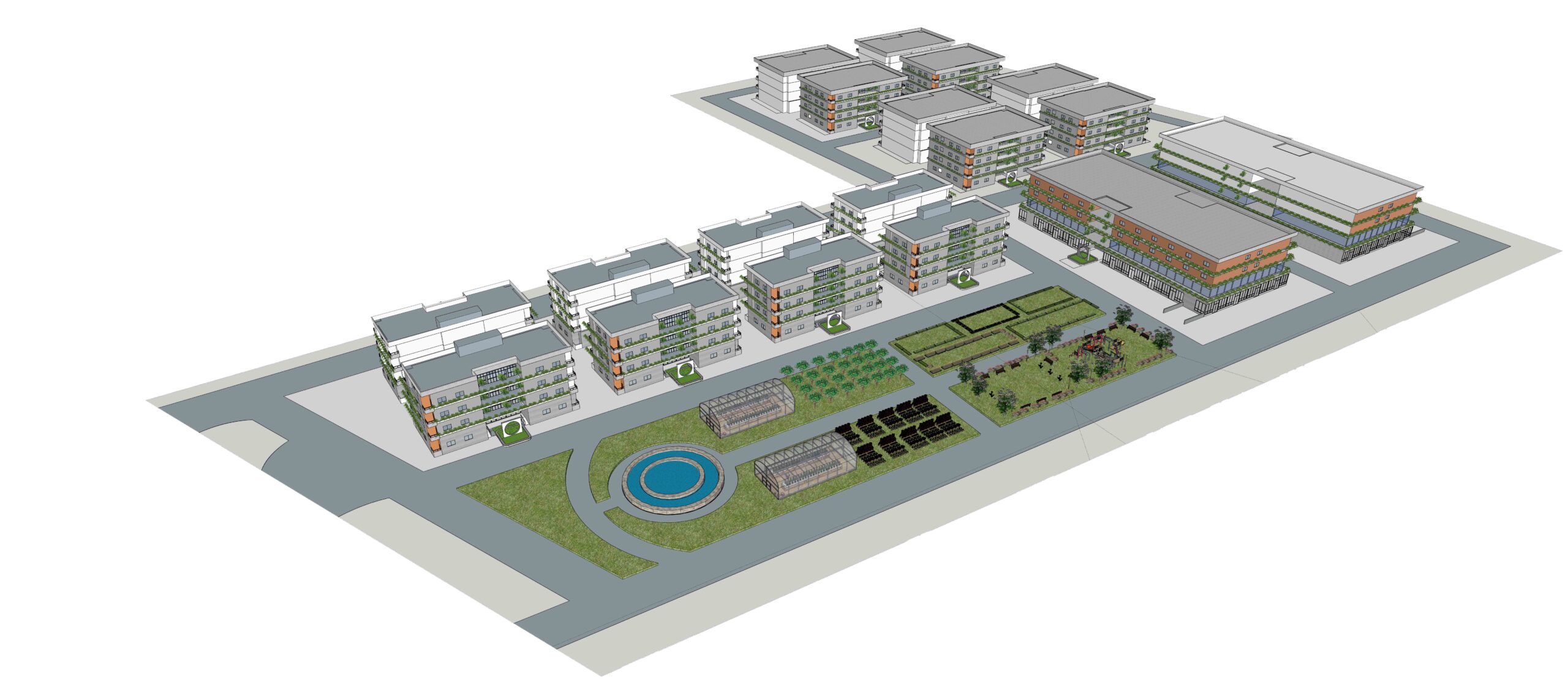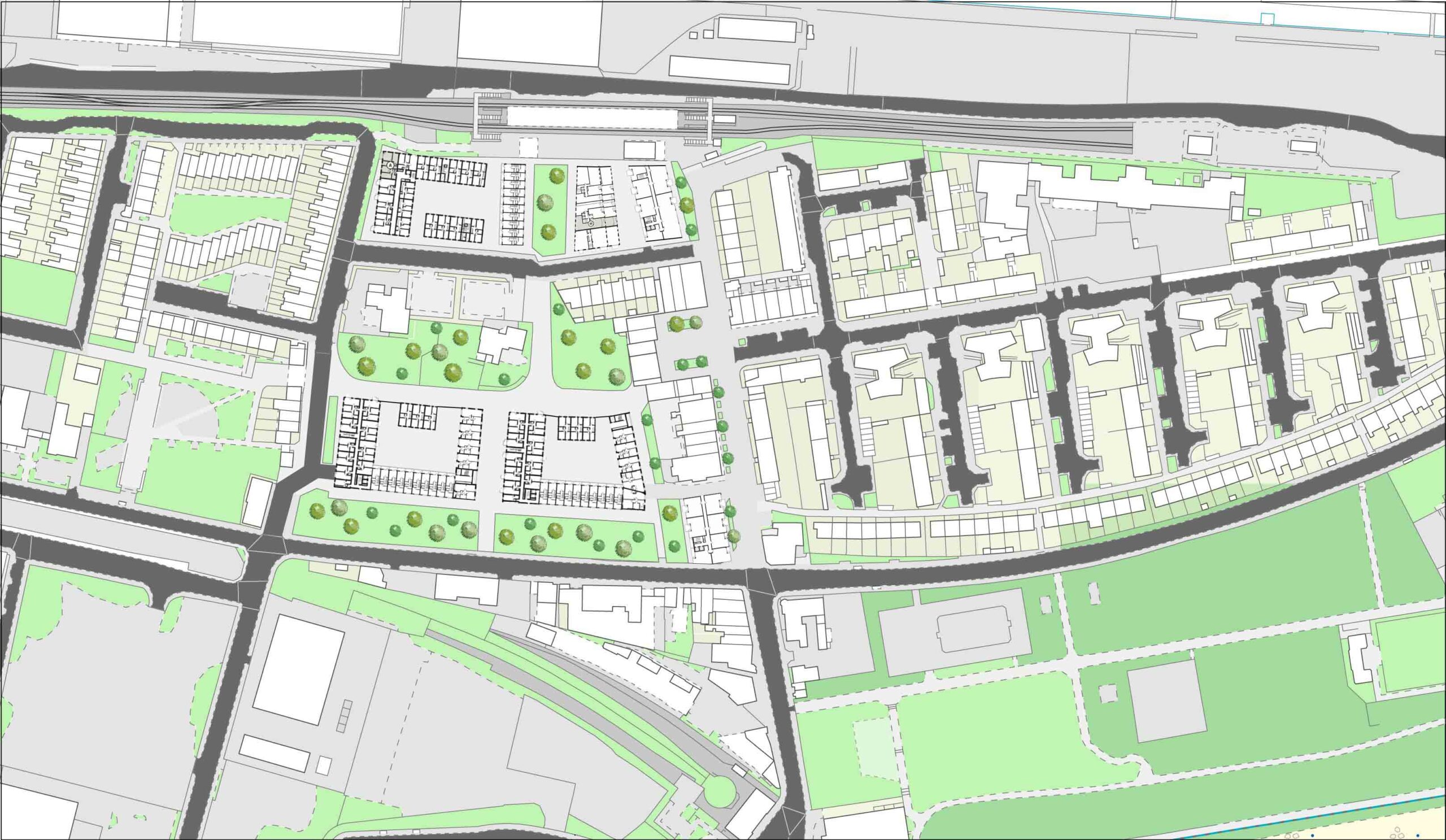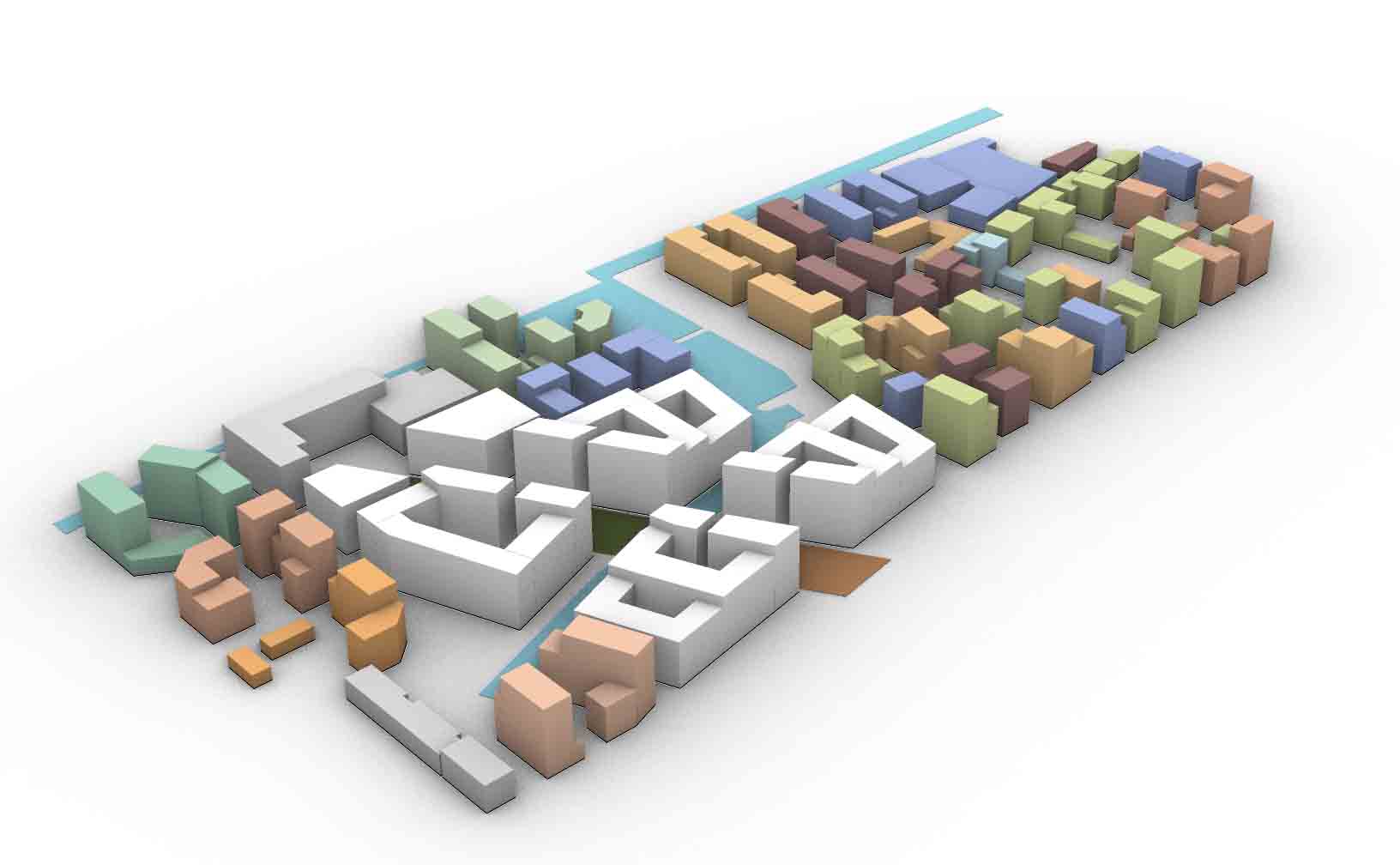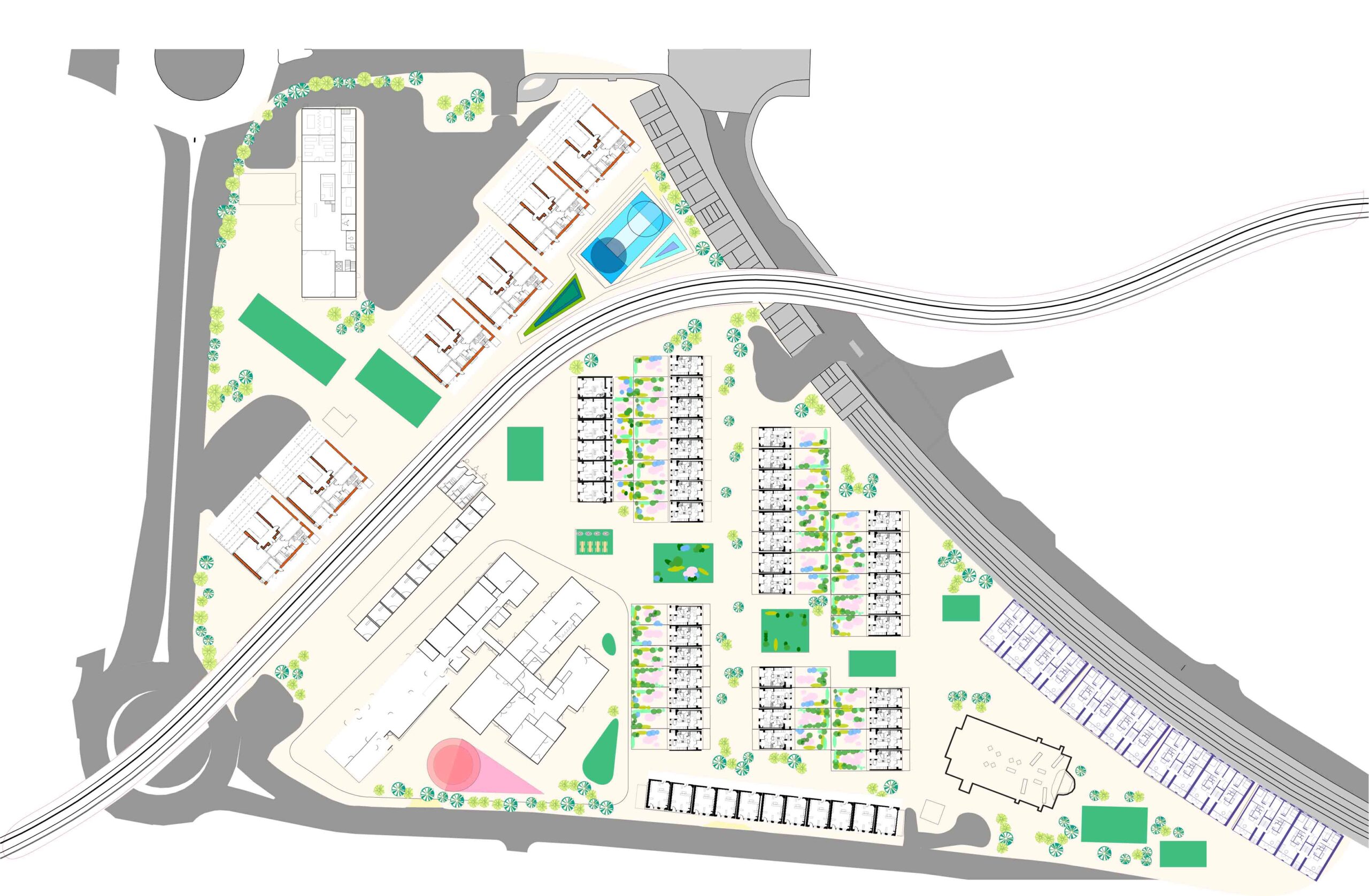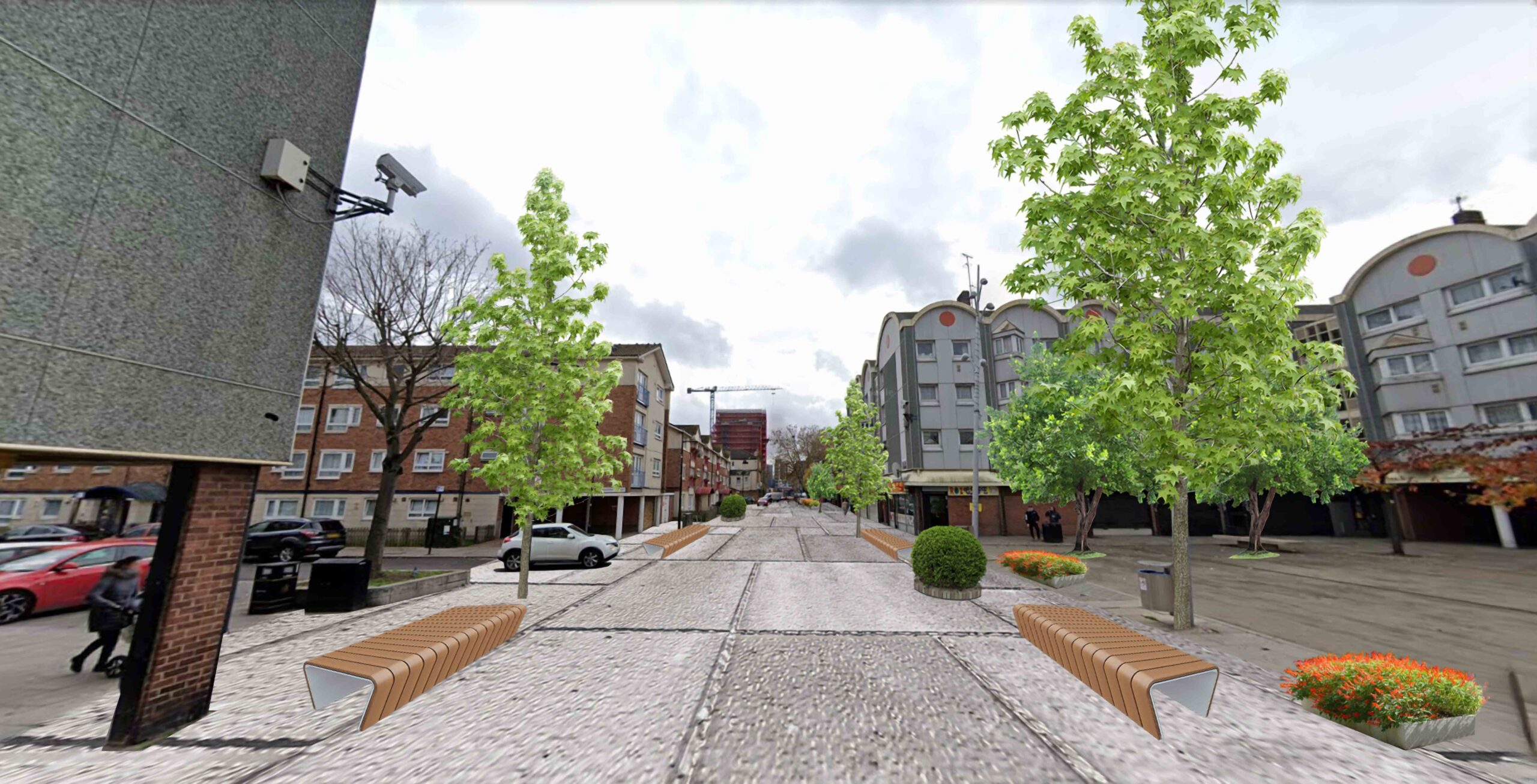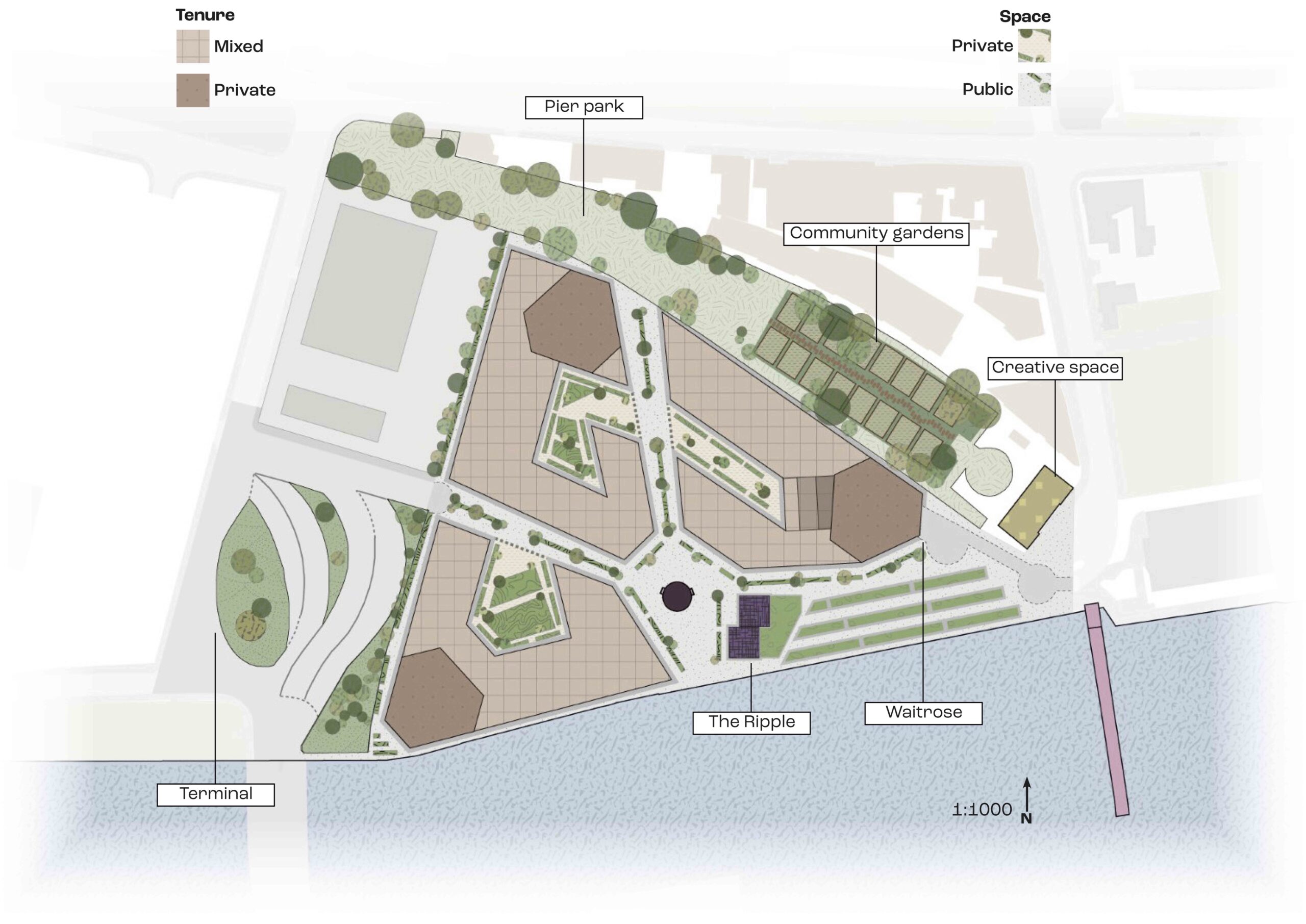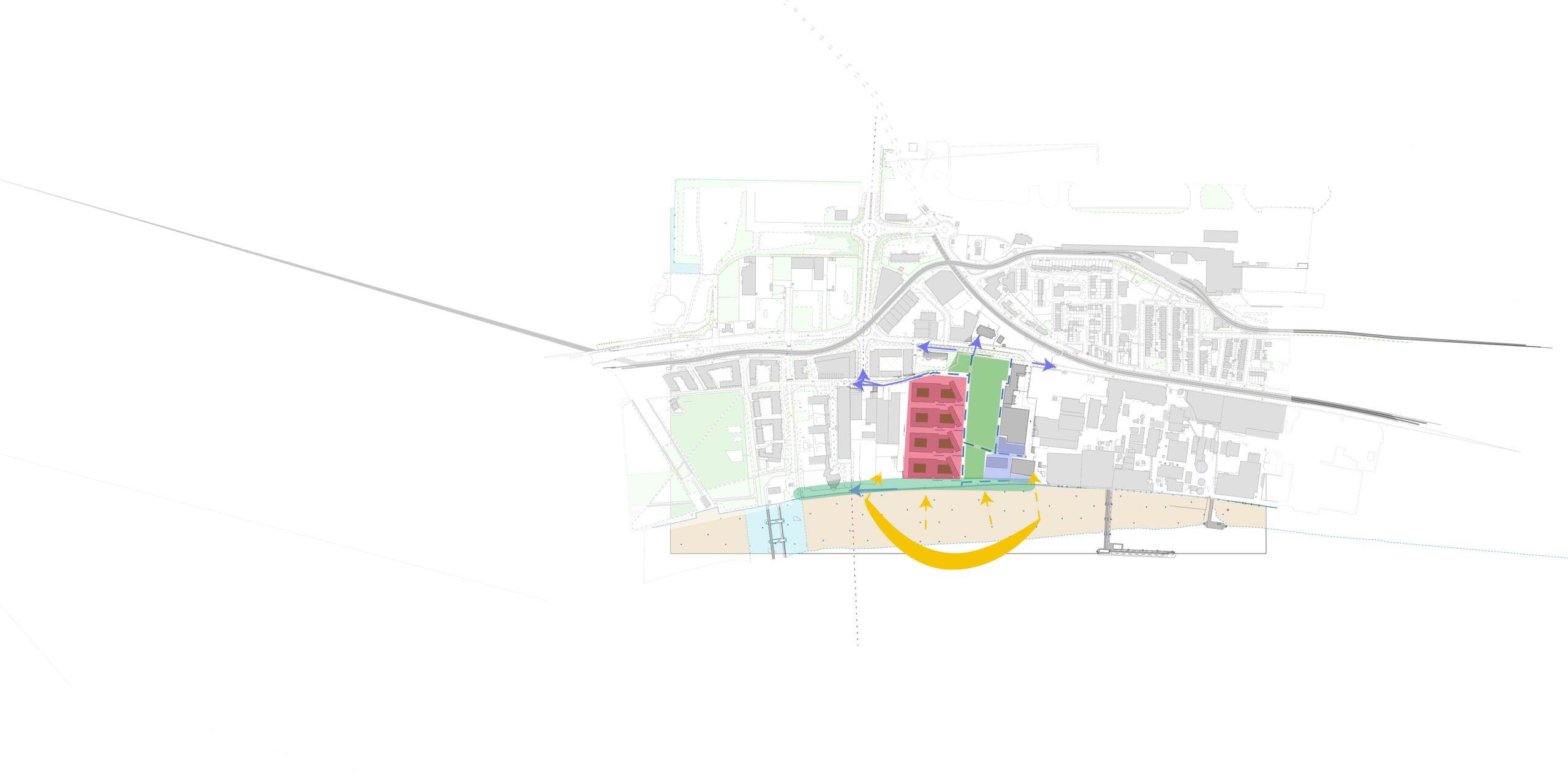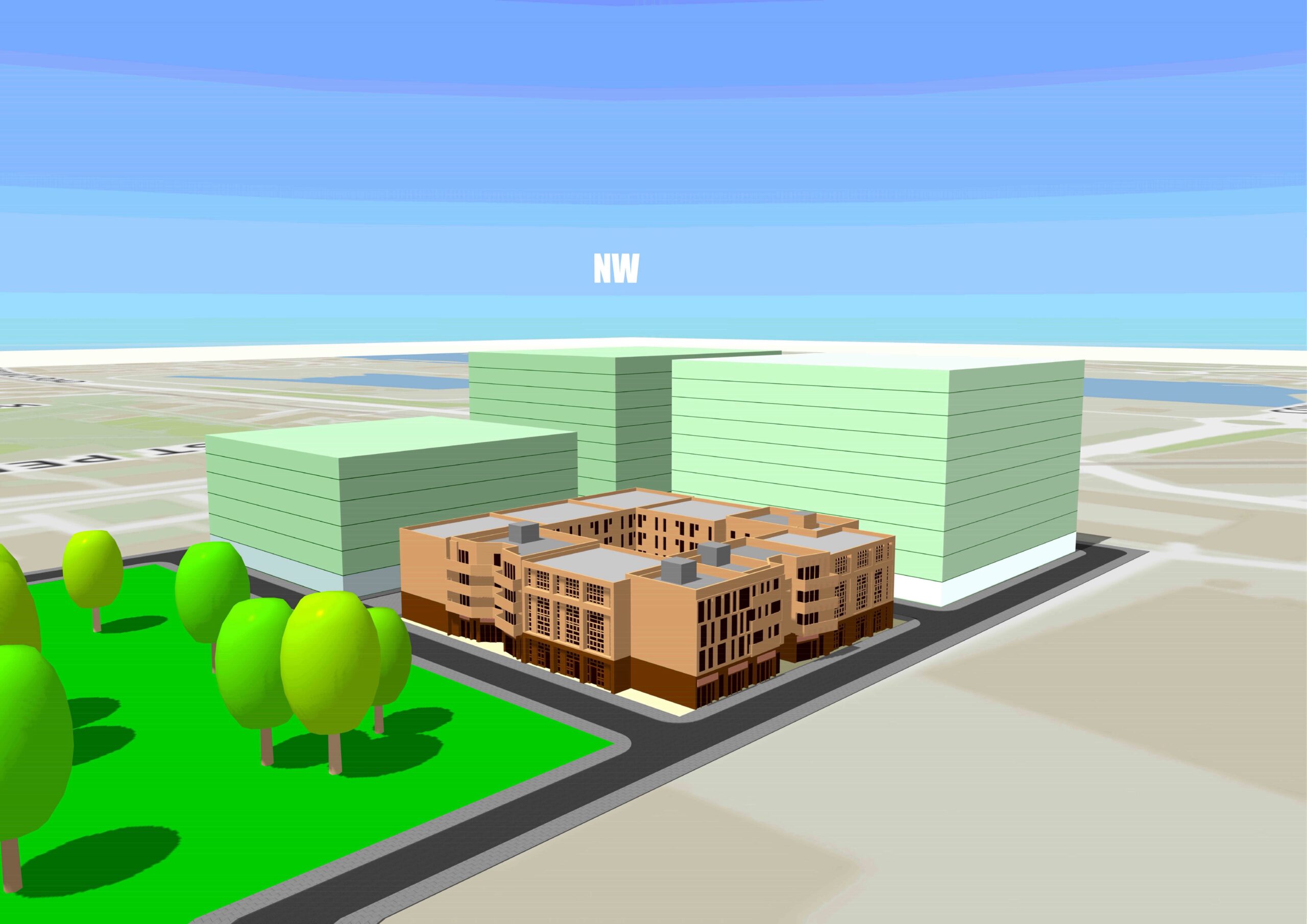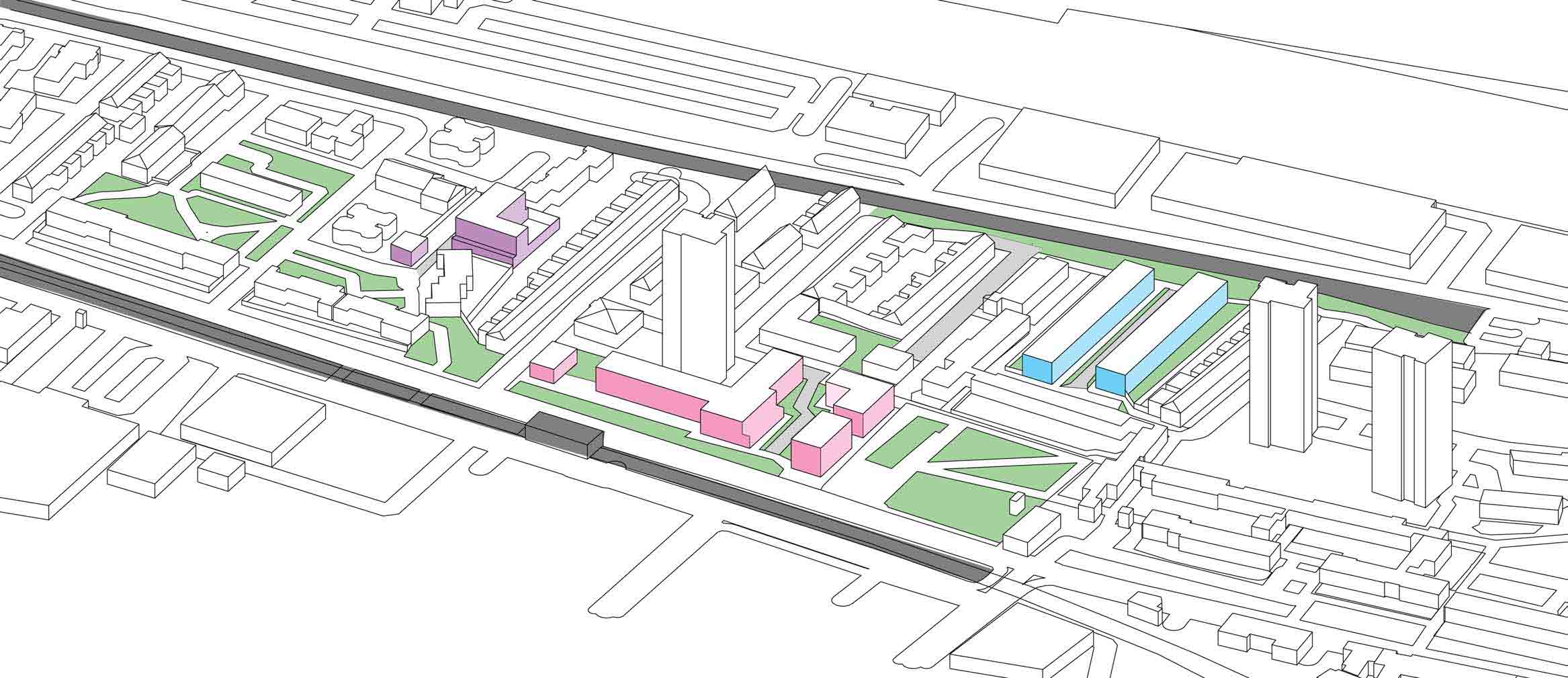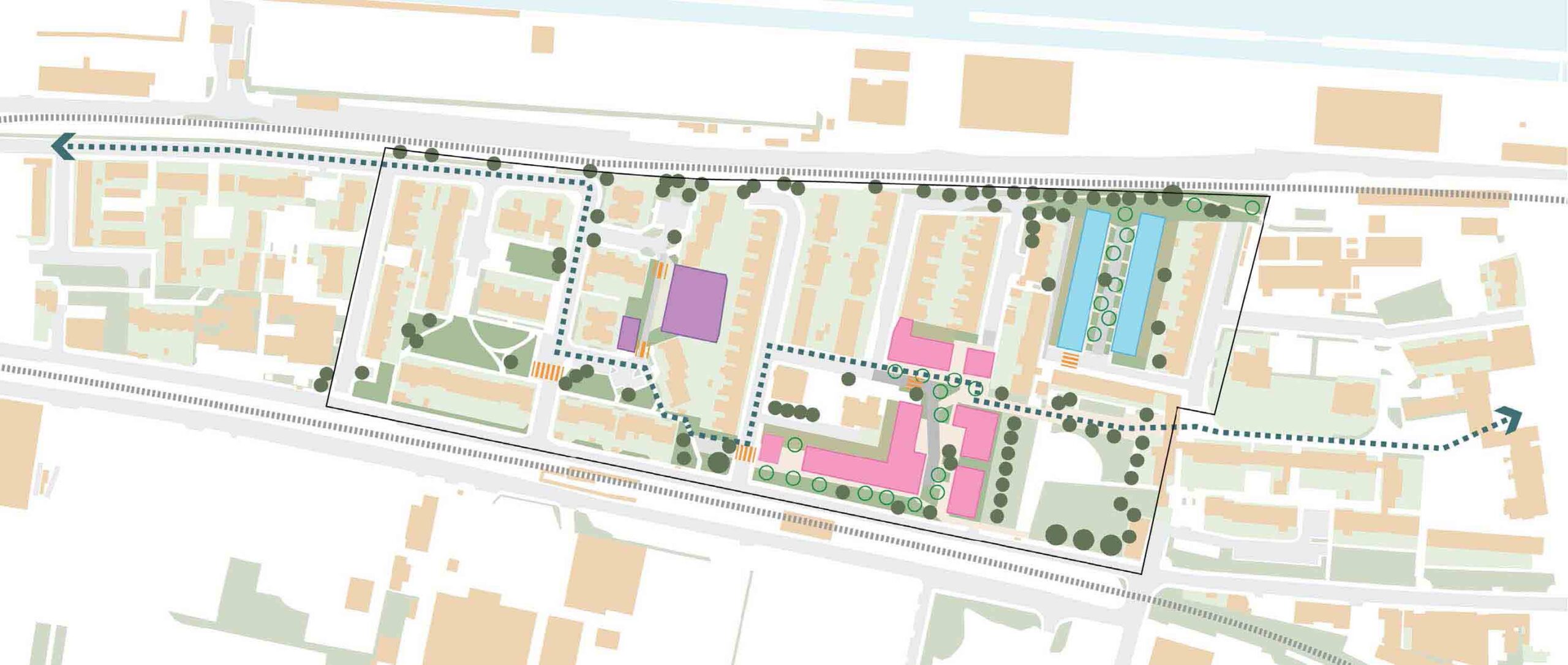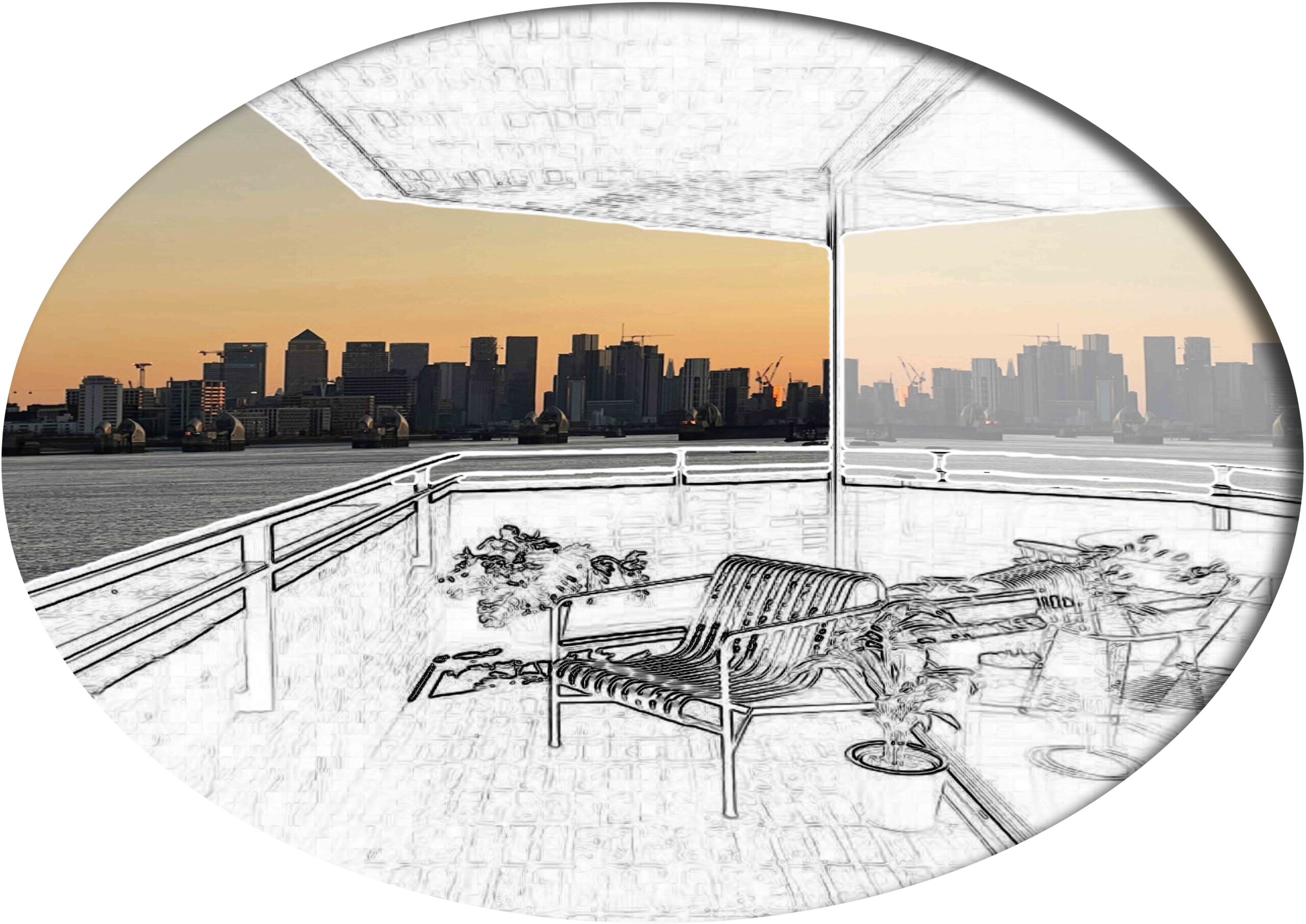Designing Cities Year 3 BA Designing Cities
Luz Navarro & David Seex
Luz Navarro is Lecturer in Urban Planning and Design. She is the Course Leader for the BA Designing Cities and a member of the Emerging Territories Research Group.
David Seex is a part-time Visiting Lecturer in Urban Design and Planning, and was previously Senior Lecturer at Westminster for over 30 years.
Opportunity area for whom? Planning alternative futures for the Royal Docks
Students: Hesda Abraha, Salma Alanazi, Ibby Aleem, Natalie Atalla, Muhammad Bin Mohammad, Lina Derbouchi, Ioana Flore, Ashleigh Gill, Britishe Karakushi, Matija Kopricanec, Marcelo Murillo Smith, Nicola Perry, Piranavaraj Sivashanmugam, Dilan Thethy
The Third-Year studio of the BA Designing Cities course is the culmination of the planning and design knowledge built up and developed over the course of three years, and an opportunity for students to showcase their skills and expertise acquired throughout their studies.
This year’s project is located in the Royal Docks and Beckton Riverside Opportunity Area in Newham, which is recognised in the London Plan for its potential for significant growth through new housing, jobs and infrastructure. Historically, the Royal Docks were a central hub for London’s cargo operations and global trade from the 1800s until their decline began in the 1960s, closing to commercial traffic in 1981. he Docklands Development Corporation was set up in 1981 to rejuvenate the area, resulting in several key developments, including the DLR and ExCeL. More recently, the docks were integral to the 2012 Olympic Games and are now London’s only Enterprise Zone, with projected investments of £8 billion by 2038, and experiencing growth and improvements, such as the introduction of Crossrail.
However, the story of the Royal Docks is more than just one of trade, architecture and commerce; it is also about the aspirations, dreams and struggles of those who lived and worked there. The Royal Docks have undergone massive transformations, from bustling industrial heartland to the financial centre of many international companies; it has been through waves of decline, a resurgence as a key economic and cultural zone for London, and is witnessing another period of adjustment as working patterns change.
In this context, students have worked on proposals that offer socially just and climate resilient solutions for the future of the Royal Docks. Students’ work amplifies the voices of local people while exploring strategic, transformative interventions that offer tangible solutions for making the area open and inclusive for both existing and new residents. Their design strategies aim to challenge the prevailing landscape of commodification in our cities. Using design research methods, students explore creative and alternative approaches to conceptualising, imagining, planning and designing the future of the Royal Docks; a future where no one is left behind.
The studio’s pedagogy involves both collaborative and individual projects, encouraging students to continuously question the connections between their collective analyses and strategies and their individual master plans. By employing design pedagogies, the studio critically addresses urban development and its socio-spatial and environmental challenges within the area. It also seeks to question the role of planning and design in contesting the current landscape of urban development in London, investigating the critical role that housing and public spaces play in enabling a fair and open urban transformation.
Guest Critics: Bill Erickson, Elantha Evans, Silvia Gullino, Andrew White
Special Thanks: Studio PAL – Maddison McGuinness
Archive of Designing Cities Year 3’s work from previous years:
BA Designing Cities Y3 2018-2019
BA Designing Cities Y3 2020-2021
BA Designing Cities Y3 2021-2022
BA Designing Cities Y3 2022-2023










